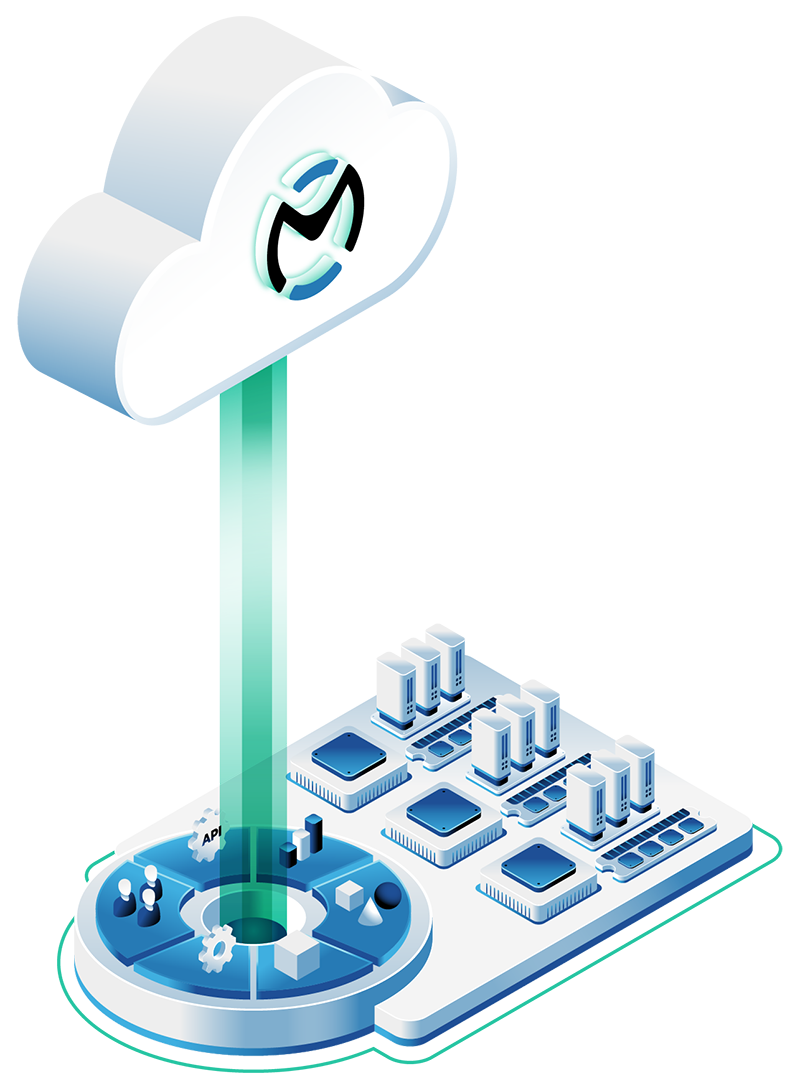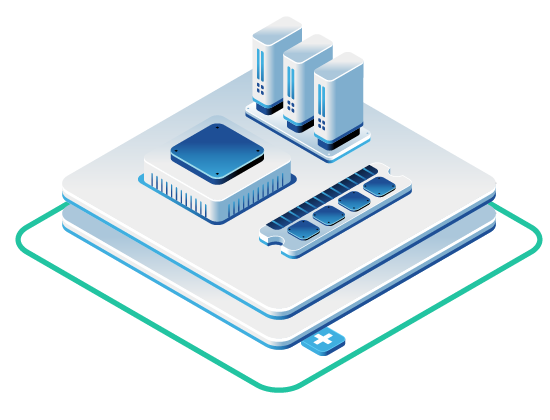In this article
- Phase 0: Establish Your Baseline
- The 5 Success Criteria That Actually Matter
- A Sample 4-Week PoC Timeline
- Wrapping Up: Building a Successful PoC Plan
According to industry research, up to 83% of data migration and cloud modernization projects fail or exceed their budgets and timelines.
The reason rarely lies in the hardware itself. An NVMe drive in an AWS data center works the same way as an NVMe drive in a private data center. The failure usually stems from a misalignment of expectations.
A Proof of Concept (PoC) is not just a “try before you buy” period, but an experiment designed to validate a specific hypothesis. If you enter a PoC without defining what a “win” looks like, you risk wasting engineering cycles on a solution that doesn’t actually solve your core business problem.
For technical decision-makers like CTOs, VPs of Engineering, and Platform Architects a PoC is the only time to stress-test a vendor’s claims against reality. Here is how to define the success criteria that actually matter for a private cloud migration.
Phase 0: Establish Your Baseline
You cannot measure “better” if you don’t measure “current”. Before you even request a trial account, you must instrument your current environment to establish a control group.
Most teams look at their monthly bill, but few have concrete data on their Unit Cost of Compute.
- Current Request Latency: What is your p95 and p99 latency during peak hours on public cloud?
- Current Build Time: How many minutes does your CI/CD pipeline take from commit to deploy?
- Current Support Friction: How many hours does your team spend managing infrastructure tickets vs. shipping code?
Once you have these numbers, you can define your “Pass/Fail” criteria for the new environment.
The 5 Success Criteria That Actually Matter
1. Performance Stability (The “Noisy Neighbor” Test)
“Better performance” is not a metric. It is a sentiment. To determine if a private cloud solution can handle your specific workload, you need to measure the bottlenecks that currently plague your team.
In multi-tenant public clouds, average latency often looks fine, but tail latency (p99) destroys user experience due to “noisy neighbors”, other customers contending for the same CPU cycles or disk I/O.
The Test: Do not rely on synthetic benchmarks alone. Clone your actual production database or build pipeline into the OpenMetal Cloud Core and run a load test.
- Success Metric: p99 latency should be consistent (flat) even as load increases, proving the value of single-tenant bare metal.
- Tools: Use
fiofor storage I/O consistency andiperffor network throughput.
2. Operational Compatibility (The “Day 2” Reality)
Moving to a private cloud shouldn’t mean rewriting your entire automation stack. A critical success criterion is API compatibility. If your team uses Terraform, Ansible, or Kubernetes, your new infrastructure must support them natively.
This is where OpenStack shines. Because it is the industry standard for open source cloud infrastructure, it likely integrates with the tools you already use.
The Test:
- Infrastructure as Code: Can you provision a new cluster using your existing Terraform providers?
- Kubernetes: Can your K8s operators provision persistent volumes (PVCs) dynamically against the underlying Ceph storage?
- Observability: Does the cloud portal provide the granular visibility you need into the hardware state?
3. The Human Support Layer
A PoC is often the only time you will interact with a vendor’s support team before you are locked into a contract. More than the servers, you’re testing the partnership.
In the public cloud, “support” often means posting on a community forum or paying a premium for a ticket response within 4 hours. In a private cloud environment, you should expect direct access to engineers who understand your architecture. Our own data shows that “Service and Support” is a top reason customers appreciate our solution, specifically citing direct engineering collaboration.
The Test: Break something intentionally. Open a ticket.
- Success Metric: Measure the time to resolution, not just time to response.
- Quality Check: Who responds? Is it a Tier 1 script-reader, or is it a Cloud Engineer who understands the nuances of Ceph peering?
4. Financial Predictability and Unit Economics
One of the primary drivers for leaving public cloud is cost unpredictability. Specifically, the hidden taxes of egress fees and API request charges.
Your PoC success criteria must include a financial model comparison.
- Egress Simulation: Push a significant amount of data out of the PoC environment. Calculate what that bandwidth would have cost you at AWS or GCP rates versus OpenMetal’s bandwidth model.
- Resource Efficiency: Because bare metal eliminates the hypervisor tax (approx. 10-15% overhead), you may find that you need fewer cores to achieve the same throughput.
The Test: Project your total spend for the next 12 months based on the PoC’s resource consumption. If the TCO savings don’t align with your “Public Cloud Exit” strategy, the PoC has failed to prove its business value.
5. Reversibility (The “Exit” Test)
Vendor lock-in is a risk you should mitigate before you sign. A successful PoC should demonstrate how easy it is to get data in, but also how easy it is to get data out.
The Test: Verify that you can export your VM images and data volumes in standard formats (QCOW2, RAW). Because OpenMetal is built on open standards (OpenStack, Ceph, Linux), you are never trapped by proprietary APIs or data formats.
A Sample 4-Week PoC Timeline
To keep your evaluation focused, we recommend a structured 30-day timeline.
- Week 1: Connectivity and IAM. Establish VPNs, set up user roles (RBAC), and configure network peering. Ensure your team can access the environment securely.
- Week 2: The “Hello World” Deploy. Deploy a non-critical version of your application stack. Test Terraform scripts and Ansible playbooks. Fix initial compatibility issues.
- Week 3: Load Testing and Breaking Stuff. Run your p99 latency tests. Simulate a drive failure to see Ceph self-heal. Test the support team’s response time.
- Week 4: Business Review. Compare the performance data and cost models against your Phase 0 baseline. Go/No-Go decision.
Wrapping Up: Building a Successful PoC Plan
 A PoC should never be a passive experience. It requires active engagement, rigorous testing, and clear goals. By defining these success criteria upfront like performance, compatibility, support, and cost you move from “hoping it works” to “knowing it scales”.
A PoC should never be a passive experience. It requires active engagement, rigorous testing, and clear goals. By defining these success criteria upfront like performance, compatibility, support, and cost you move from “hoping it works” to “knowing it scales”.
If you are ready to test a private cloud that offers the automation of the cloud with the performance of bare metal, apply for a Proof of Concept with OpenMetal today.
Schedule a Consultation
Get a deeper assessment and discuss your unique requirements.
Read More on the OpenMetal Blog


































